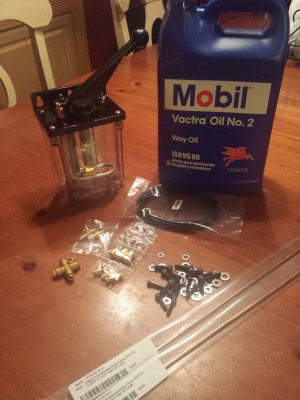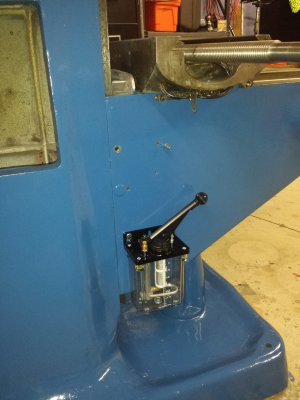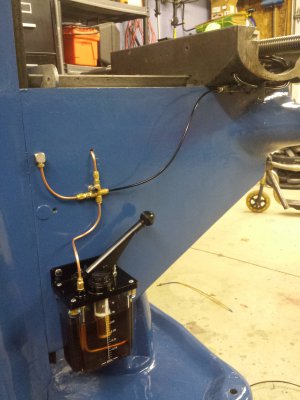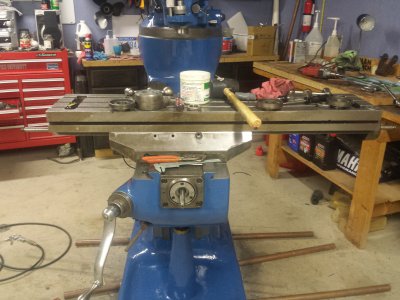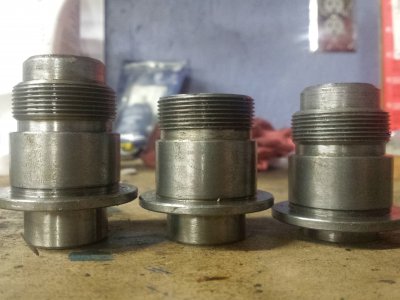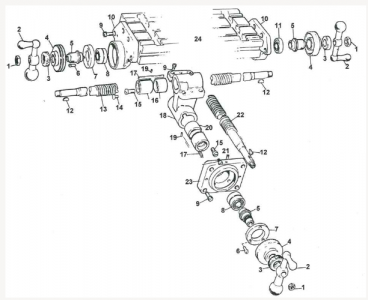- Joined
- Oct 16, 2015
- Messages
- 38
The mill is looking good!
One problem I see is the motor RPM. Mills normally use a 1725 RPM (1800 RPM nominal , 4 pole) motor, as opposed to a 3510 (3600 RPM nominal, 2 pole). The torque from the 2 pole motor is going to be 1/2 at the same HP rating of a 4 pole motor. Normal spindle speed range is about 500 to 4000 when in direct drive on that mill. A 2:1 belt reduction in the drive would fix the problem on the low end of the range, but you can not spin that motor up to 8000 RPM to get the max speed. The 3 HP Baldor SuperE inverter motors are rated for 6000 RPM max, I don't know about yours.
Also the VFD you chose is not quite correct for a non vari-drive mill. That VFD is a volts/Hz type VFD, where you should be using a Sensorless Vector type VFD for full speed/torque control over the needed range.
At the very least, I would see if you can send that motor back and get a 4 pole (1800 RPM) motor.
Hey Jim, these aspects were already thought of and pros/cons weighted. This mill came with a 1.5hp motor and others came with 1hp, I stepped up to the 2hp to help compensate for the torque that will be lost at lower RPMs but for the planned uses of the mill it will be more than enough for me. I am going to use a 1:1 pulley ratio and spindle speed will be controlled via motor’s RPM that is why I went with the 3600RPM motor instead of the 1800RPM motors that would have come with the machine originally.
The sensorless vector drives are better however the benefit per cost just does not make sense for my application. Budget had a large impact on parts chosen and is the reason I went with the equipment I did. I got the NEW motor and drive for under $400 delivered and they both carry a 2-year warranty!!
Btw not sure what the motor’s maximum RPM is but the bearings inside are rated to 17,000RPM!! lol



 Thank you eBay, Amazon, Enco and H&W Machine Repair.
Thank you eBay, Amazon, Enco and H&W Machine Repair.